Info, news & debate
Soil management
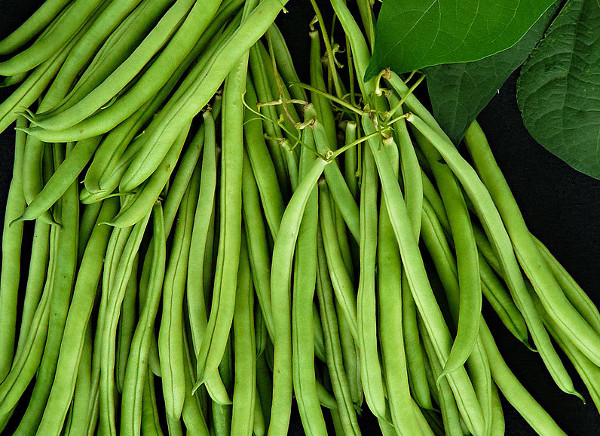
Fruit & vegetable growing guide for July
July is usually one of the hottest and driest months so a lot of time may be spent watering. You can reduce water loss and so save yourself some time. Mulching with a layer of organic matter will help preserve moisture but may encourage slugs so you will need to take action against them.
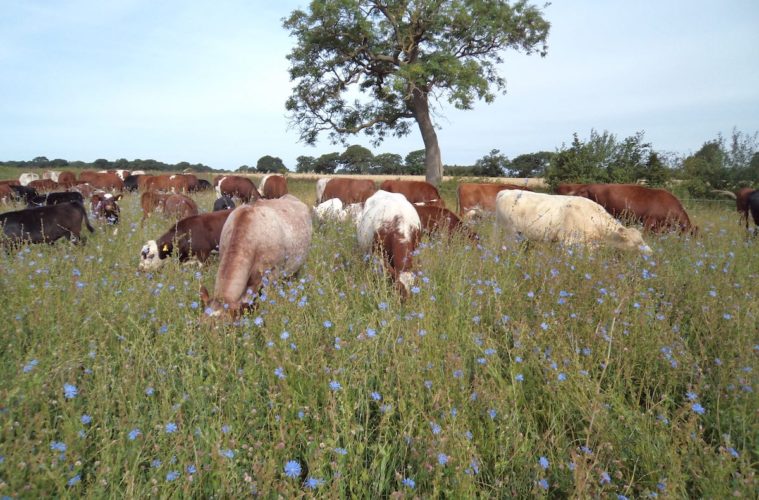
Groundswell: an agricultural show for no-till, organic farming with cover crops and grass-fed animals
A groundswell of farmers around the world are working out how to farm in a more ecologically-friendly way. One of the farmers leading the farming revolution in the UK is John Cherry, who has set up a 2-day conference on his farm in Hertfordshire, 28th and 29th of June.

Fruit & vegetable growing guide for June
Flaming June should bring us a hot sunshine-filled month with the risk of frost passed and those in more northerly parts should be able to catch up with those in the south. We’re also moving towards the longest day, June 21st being the summer solstice so there is plenty of daylight to let you get …
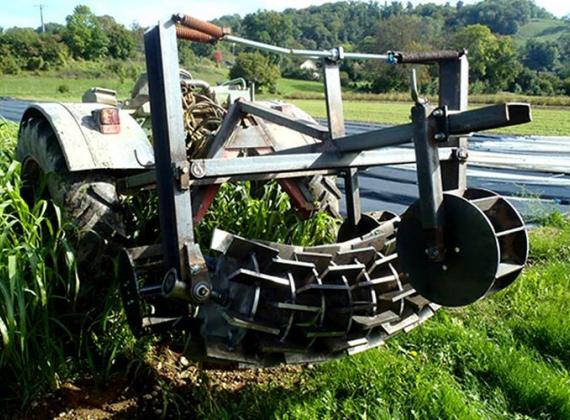
Farm Hack : growing innovative open-source agriculture
In response to the pervasive reach of the global agro-industrial complex, growing numbers of farmers across the world are coming together as co-operative organisations to promote and protect small-scale organic food production and environmental stewardship. We take a look below at some of the groups promoting open source agriculture with farmer driven technologies, spearheaded by the …

Fruit & vegetable growing guide for May
Generally one of the busiest months on the vegetable plot, here John Harrison shares his fruit and vegetable growing guide for May. The soil is warm and the plants growing well. But watch out for a sneaky late frost. Keep an eye on the weather forecast and be prepared for frantic last minute wrapping of …
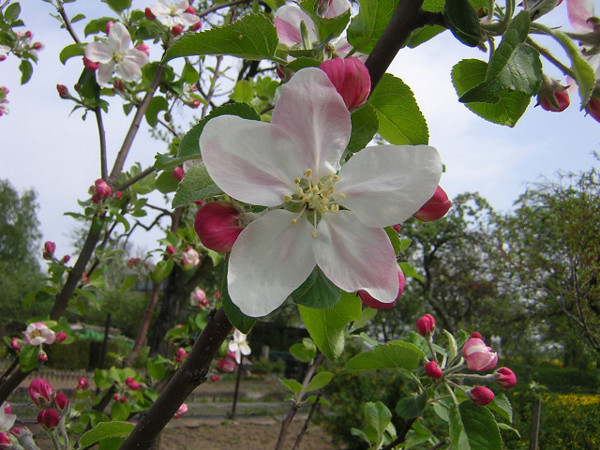
Fruit & vegetable growing guide for April
By April spring should be well and truly underway, the soil warming up nicely and everything growing away. Don’t be complacent though, it’s been known for a cold snap with snow to strike even in the sunny south of England.
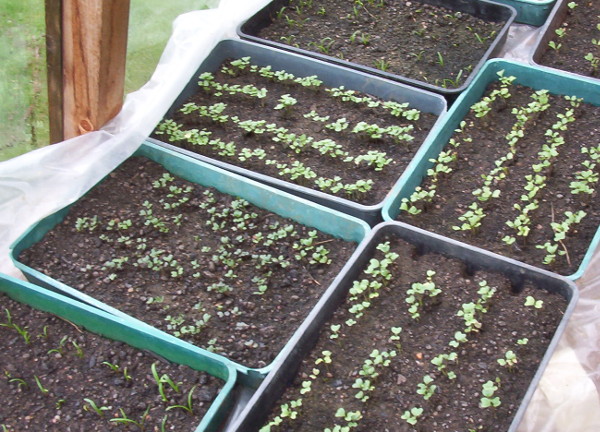
Fruit & vegetable growing guide for March
March is the month when things really start to move in the growing season. In fact the start of the year used to be Lady Day, the Feast of the Annunciation, 25th March until 1752 in Britain when we adopted the Gregorian calendar and started our year on the 1st January.
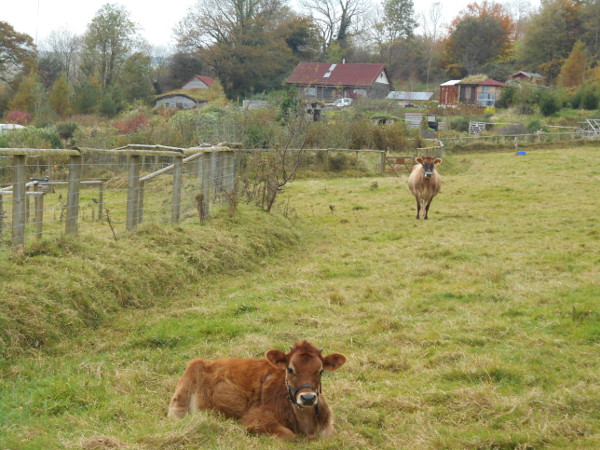
If ‘agroecology’ is such a good idea, how can we get the planning system to promote it?
The planning system doesn’t currently differentiate between different types of agriculture, and maybe it should. The type of agriculture we prefer could be labelled ‘agroecology’ – but the problem is how to define it and how to get the planning system to recognise it, let alone promote it.
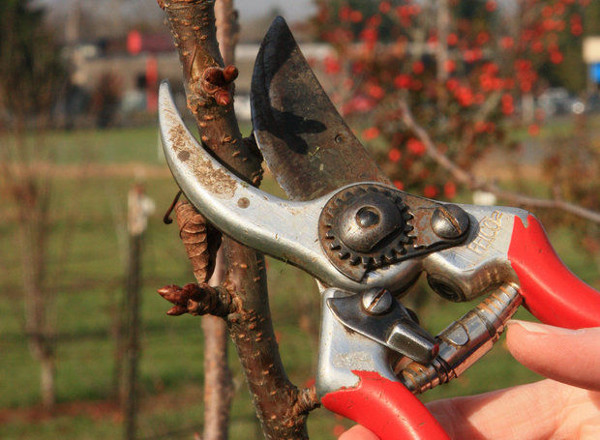
Fruit & vegetable growing guide for February
February, being the last of the winter months , often has a sting and ends up being the coldest month. So, more than any other month, this one you need to play according to local conditions. It’s best to hold off than try to sow in waterlogged, near frozen ground that will most likely rot …
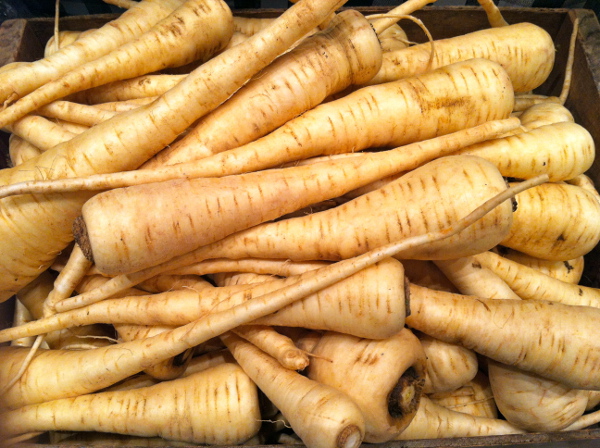
Fruit & vegetable growing guide for January
January is generally a very cold month with hard frosts freezing the ground although there are no guarantees with British weather. Looking through my diaries, snow isn’t that likely for a prolonged period, but you never know.
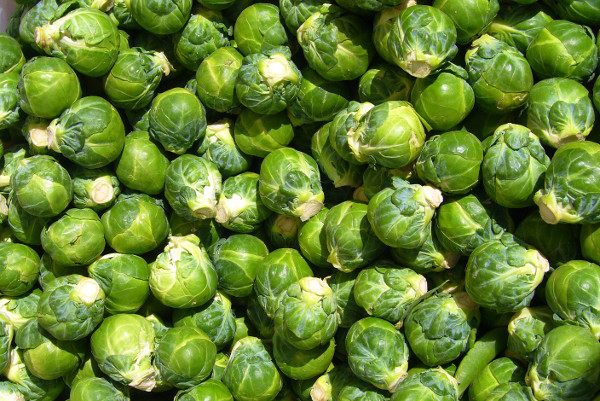
Fruit & vegetable growing guide for December
Predicting winter weather is as hard as predicting summer weather in Britain, which makes it difficult to advise on jobs. We’re pretty sure of seeing some hard frosts but those dreaming of a white Christmas are actually more likely to see a white Easter.

Fruit & vegetable growing guide for November
November is the month when the hard frosts and heavy rain usually arrive so it’s important to grab whatever time you can on the plot in case you don’t get another chance.
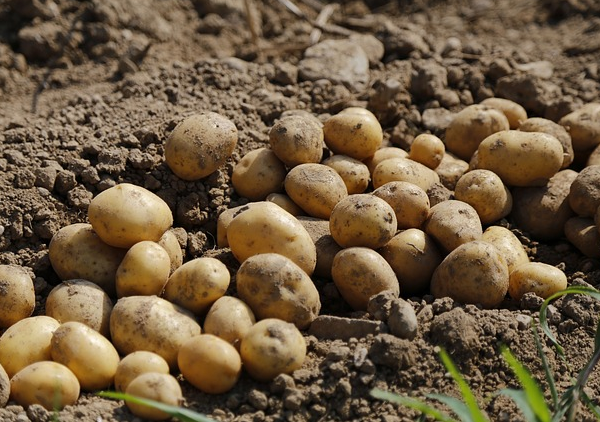
Fruit & vegetable growing guide for October
October is really the last of the hectic months on the vegetable plot. There’s little to sow and plant but still a fair amount to harvest and store away to eat through winter. This is the month when the first frosts usually arrive so killing off all but the hardy plants.
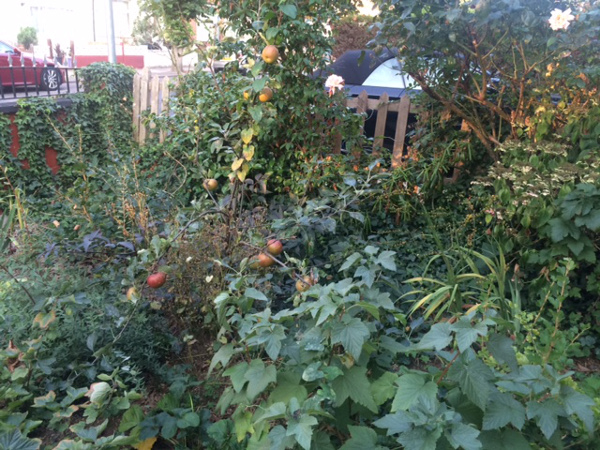
Low-impact & the city 4: front gardens – concrete or plants?
My partner’s mother lives in Hounslow, under the Heathrow flight path and next to a dual carriageway. But she has filled her front and back garden with flowers, trees, bushes and vegetables. When she visits, she often brings pears, plums, spinach, tomatoes or flowers from her garden.
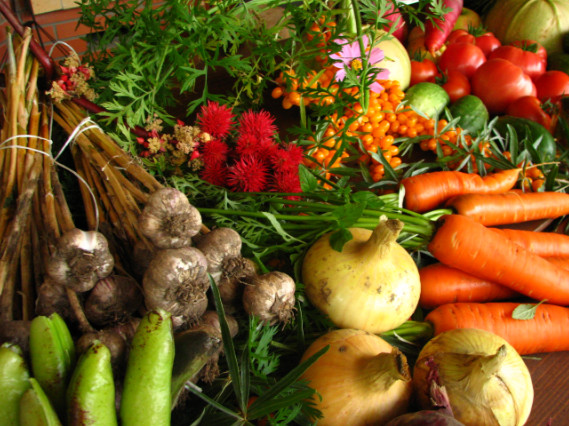
Why do organic farmers have to pay for certification rather than farmers who use toxic chemicals?
It’s always more expensive to do the right thing isn’t it? Like taking the train instead of driving or flying, or buying recycled products, organic food or natural building materials. If you want to do the environmentally-friendly or socially-just thing, it’s going to cost you more money. That can’t be right, can it?
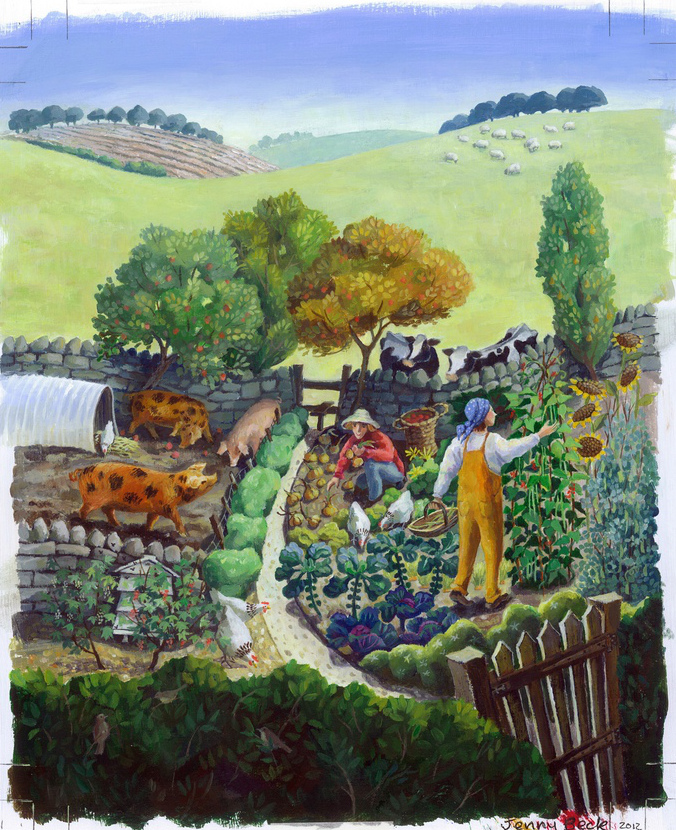
Viable self-sufficiency
Back 40 years ago in 1976, John Seymour’s most famous work –The Complete Book of Self-Sufficiency – was published. It was billed as for dreamers and realists which was pretty accurate.
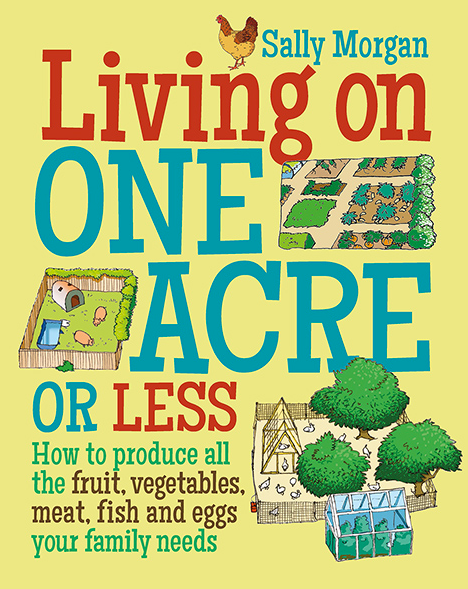
Win a copy of our partner Sally Morgan’s great new book, ‘Living on One Acre or Less’
This is a new book by our partner Sally Morgan of Empire Farm. It’s a comprehensive guide to starting and running your own micro-smallholding.
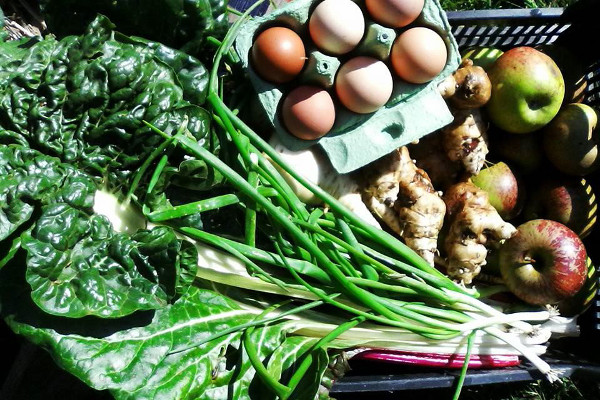
Getting into the allotment groove: reasons for getting an allotment
Recently I hosted a radio show where I asked the question What Does Your Allotment Mean to You?, what was interesting was just like the many approaches to growing your own, there were just as many reasons for doing so.
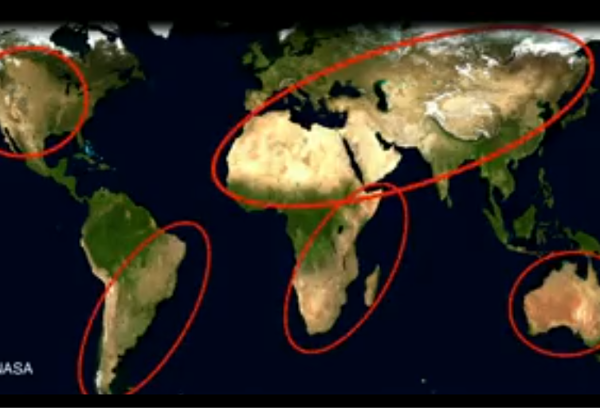
Can constantly-moving livestock help prevent desertification?
Desertification is the process whereby grasslands slowly turn into deserts, and suggesting that we can help reverse this process with livestock sounds counter-intuitive, especially as livestock is usually named as one of the major contributors to desertification. In the video below, Allan Savory, who has spent a lifetime studying and working towards poverty eradication and wildlife conservation, …
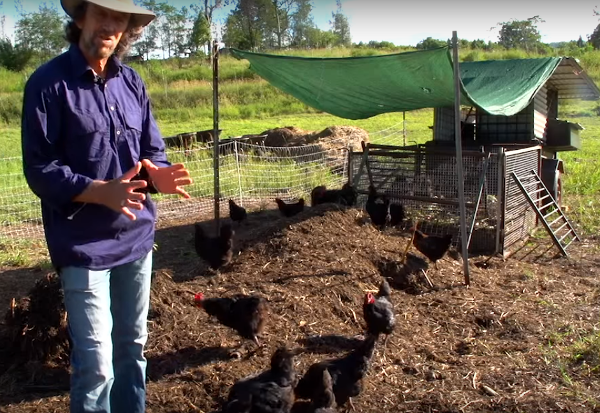
How a ‘chicken tractor’ can clear and improve soil, as well as getting rid of pests
My vegetable field has some problems. It’s not that vegetables don’t grow there; over two seasons I’ve had some notable successes, it’s just that there’s verdant weed growth throughout, more slugs than you can shake a stick at, and the soil needs improving
